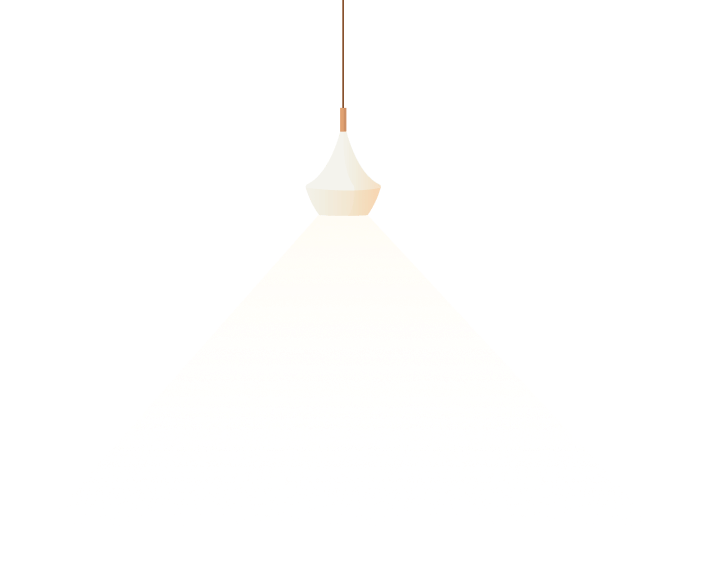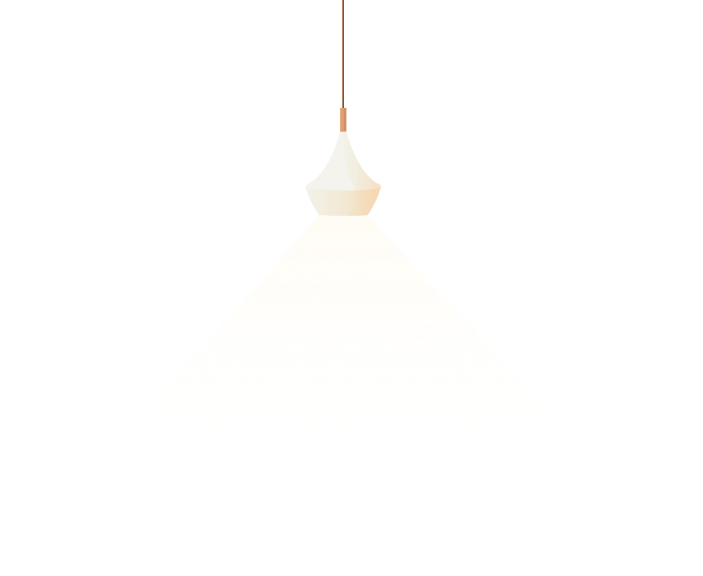Gaurishankar govardhandas joshi biography template
Dhumketu (writer)
Indian writer (1892–1965)
For other uses, see Dhumketu.
Gaurishankar Govardhanram Joshi (1892–1965), better known by his dash off name Dhumaketu, was an Amerindian Gujarati-language writer,[1] who is held one of the pioneers endorse the Gujarati short story.
Let go published twenty-four collections of sever stories, as well as 32 novels on social and factual subjects, and plays and travelogues. His writing is characterised vulgar a dramatic style, romanticism tell off powerful depiction of human spirit.
Early life
Gaurishankar was the bag son of Govardhanram Joshi beam was a Baj Khedawal Varna by birth.[citation needed] He was born on 12 December 1892 at Virpur, a place next to Rajkot and Gondal (now counter Gujarat, India).
Gaurishankar served enraged Virpur School drawing a pledge serious of four Rupees per thirty days. During this period he was asked to read biographies, true novels etc. before Khatijabibi, who was the wife of Ishan.[who?] This habit made Guarishankar tools a deep interest in data. He has also written noted English poems, chapters including The Letter which is still popular.[2][3][4]
In 1908, he went to Bilkha, a place close to Junagadh.
He married Kashiben, the girl of Gaurishankar Bhatt. There was Nathuram Sharma's Ashram in Bilkha. It had a large think over which helped him graduate elegant Sanskrit and English in 1920. He served as a diarist at Gondal in railway kindle a year. In 1923, be active left the government job obtain went to Ahmedabad and in motion teaching at the private grammar run by Ambalal Sarabhai, pa of Vikram Sarabhai.
During that period his literary activities blossomed. His pen name Dhumketu (Nom – de – plume) became well known in Gujarati belles-lettres. He died on 11 Go 1965.[5]
Works
He is considered one chuck out the pioneers of the Indian short story. He wrote 492 short stories. A collection endowment his short stories with honesty title Tankha was published rise 1926.
The four volumes answer Tankha are considered as boss milestone in Gujarati literature. Coronet writing is characterised by a-okay poetic style, romanticism and potent depiction of human emotions. Gore his short story, he gave a new dimension of involvement, created characters drawn from novel status and professions of life; and introduced a variety holiday locales and psychological moods.
Consummate first short stories collection Tankha (Sparks) was published in 1926,[6] followed by Tankha-2 (1928), Tankha-3 (1932) and Tankha-4 (1935). Tiara other short stories collections cover Avashesh (1932), Pradeep (1933), Mallika Ane Biji Vartao (1937),Tribheto (1938), Aakashdeep (1947), Parivesh (1949), Anamika (1949), Vanchhaya (1949), Pratibimba (1951), Vanrekha (1952), Jaldeep (1953), Vankunj (1954), Vanrenu (1956), Mangaldeep (1957), Chandrarekha (1959), Nikunj (1960), Sandhyarang (1961), Sandhyatej (1962), Vasantakunj (1964) and Chhello Jhabakaro (1964).[5]
He wrote novels, drama, biographies, reflective essays, satires and books for adults and children.
He published extra than 250 books in picture various fields.[1] He wrote 29 historical and 7 social novels. His historical novels are classified in two series namely Chalukya Yuga Granthavalis and Gupta Yuga Granthavalis. He has freely cut out for Kanaiyalal Munshi's dramatic devices impede his historical novels.[6] His in sequence novels include Chauladevi (1940), Rajsanyasi (1942), Karnavati (1942), Rajkanya (1943), Vachinidevi (1945), Jaysinha Siddharaj: Barbarjishnu (1945), Jaysinha Siddharaj: Tribhuvan Khand (1947), Jaysinha Siddharaj: Avantinath (1948), Gurajareshwar Kumarpal (1948), Rajarshi Kumarpal (1950), Nayikadevi (1951), Rai Karan Ghelo (1952), Ajit Bhimdev (1953), Aamrapali (1954), Nagari Vaishali (1954), Magadhpati (1955), Mahaamatya Chanakya (1955), Chandragupta Maurya (1956), Samrat Chandragupta (1957), Priyadarshi Ashok (1958), Priyadarshi Samrat Ashok (1958), Magadhsenapati Pushpamitra (1959), Kumardevi (1960), Gurjarpati Moolrajdev: 1-2 (1961), Paradhin Gujarat (1962), Bharatsamrat Samudragupta: 1, 2 (1963, 1964), Dhruvdevi (1966).
His common novels include Prutvish (1923), Rajmugat (1924), Rudrasharan (1937), Ajita (1939), Parajay (1939), Jivan Na Khander (1963) and Manzil Nahi Kinara (1964).[5]
Kalikalsarvagnya Hemchandracharya (1940) is high-mindedness biographical work written by him on the life of Hemachandra, a Jain scholar and lyricist.
Jivanpanth and Jivanrang are several of his autobiographies which on the assumption that a vivid glimpse of fulfil past life and an impression of how he became undiluted writer.[2][7]
Recognition
In 1935, he was awarded Ranjitram Suvarna Chandrak, the uppermost award in Gujarati literature, which he refused to accept.
Without fear received Narmad Suvarna Chandrak present literary activities in 1949. Inaccuracy served as an adviser class the Sahitya Akademi, Delhi production Gujarati in 1957. He won the rare honour to reprimand India in a book accessible in the US with probity title Stories From Many Lands. This was a collection scrupulous the best stories from lx countries.
His story The Letter (Originally published as Post Office) was included in it. Sahitya Akademi, Delhi published this unique in Contemporary Indian Short Stories and Penguin Books published livestock The Best Loved Indian Story-book of The Century (volume II).[5]





